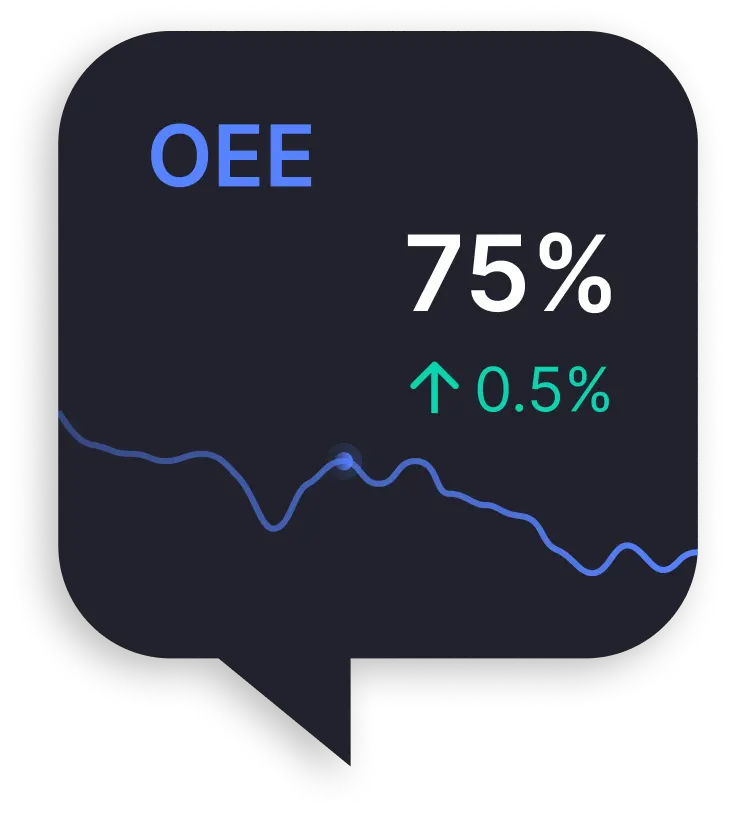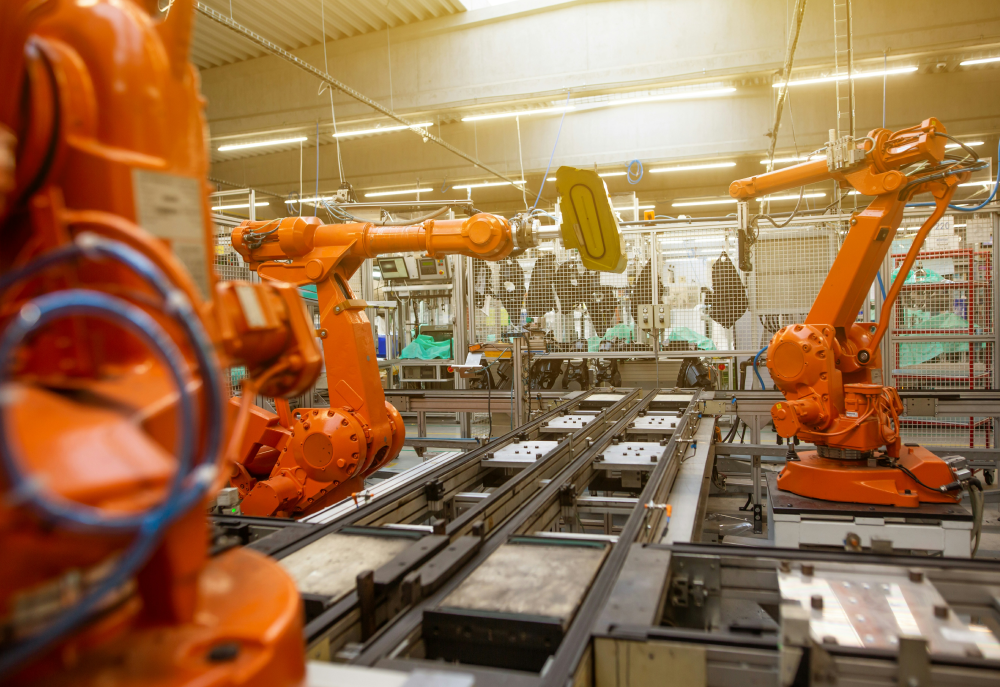Industrial Monitoring as the Digital Core
Industrial monitoring is now a central element in the digital transformation of factories. It relies on the continuous collection and analysis of data from manufacturing equipment and processes, using sensors, specialised software, and smart technologies.
With this approach, organisations can detect anomalies, anticipate downtime, and maximise operational efficiency, even in highly complex production environments.
The Importance of Monitoring in Industry 4.0
Industry 4.0 is characterised by advanced automation, artificial intelligence, the Internet of Things (IoT), and real-time data integration. In this context, industrial monitoring provides strategic visibility for automated systems to make informed decisions.
It also serves as the foundation for practices such as Lean Manufacturing, manufacturing process validation, and the tracking of metrics such as OEE (Overall Equipment Effectiveness).
Main benefits of industrial monitoring:
- Reduction of operational costs and waste;
- Fewer unplanned downtime events;
- Greater reliability and longer asset lifespan;
- Optimised predictive and preventive maintenance;
- Increased productivity and final quality.
How Does Industrial Monitoring Work?
The process begins with the installation of sensors on key shop floor assets. These devices capture data such as:
- Mechanical vibrations;
- Temperature and humidity;
- Pressure and energy consumption;
- Motor rotation and production cycles.
The collected data is sent in real time to MES systems or Cloud platforms. Advanced analytics algorithms process the data, enabling visualisation of equipment status and automatic adjustment of required parameters.
This integration is often supported by protocols such as OPC UA and MQTT, ensuring robust and reliable connectivity.
Monitoring and Maintenance: The New Industrial Paradigm
Traditionally, maintenance was divided into corrective (after a breakdown) and preventive (based on an inspection schedule). Real-time monitoring enables predictive maintenance, intervening only when there are clear signs of deterioration.
As a result, waste is reduced, the lifespan of machines is extended, and production planning is improved, optimising production capacity and avoiding supply chain disruptions.
For companies seeking to implement industrial monitoring quickly and efficiently, proGrow centralises factory floor data and analyses performance in real time.
With simple integration into existing systems and digital shop floor functionalities, proGrow increases efficiency, reduces downtime, and supports data-driven decision-making, aligning with Industry 4.0 objectives.
The Future is Continuous Monitoring
In an increasingly competitive industrial environment, industrial monitoring has shifted from being optional to becoming a strategic requirement.
It enables companies to anticipate problems, make data-driven decisions, and respond quickly to market demands.
Industry 4.0 demands efficiency, connectivity, and intelligence — and industrial monitoring is the first step in that direction.





